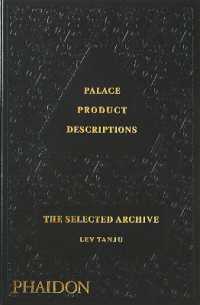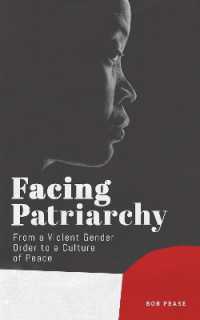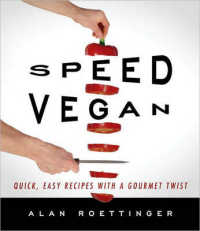Full Description
This book is ambitiously inter-disciplinary. Its eleven works, in full colour, form a striking contribution to the commonwealth of colour studies and to a possible unification of C. P. Snow's Two Cultures. Colour and inter-disciplinarity go hand in hand. This so often involves the authors leaving the comfort zone of their original specialty and striving for excellence in another. The personal story of Franziska Schenk is but one good example. The book may be divided into four main sections, defined in terms of the authors themselves. First, there are two contributions by biologists. Second, the largest section is by practicing artists. Third, there are two engineering-based contributions. Finally, two contributions address some of the historical proponents of colour theory and art. It seems that our perceptions of aesthetics and beauty must be very flexible indeed so as to find absolute opposites equally fascinating. If so, it goes to show how wonderful are the construction and operation of the human brain. Does psychology win in the end? Does colour lead to a single culture?"
Contents
Foreword: towards one culture; Animal camouflage: biology meets psychology, computer science and art; Lusciousness, the crafted image in a digital environment; The diversity of flower colour: how and why?; Sensations from nature; Goethe, Eastlake and Turner: from colour theory to art; Zvuk; Time and change: colour, taste and conservation; Thermo-hydraulics, colour and art; Nature's fluctuating colour captured on canvas?; On the use of colour in experimental fluid mechanics; Maxwell's first coloured light sources: artists' pigments Special Research - Past present and future craft practices project; Figuring light: colour and the intangible; GaeluxTM; Colour in the countryside buildings, landscapes, culture; Developing the CREATE Network in Europe; Colour, light and sacred spaces; Analysis of the use of yellow in seventeenth-century church interiors








